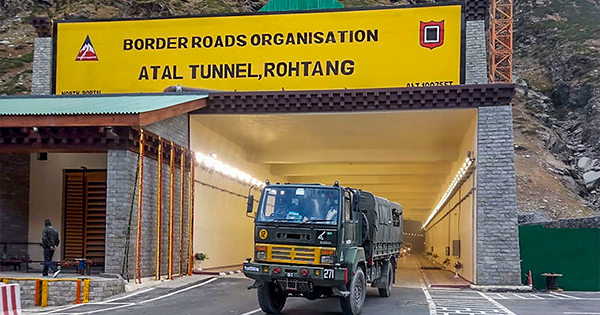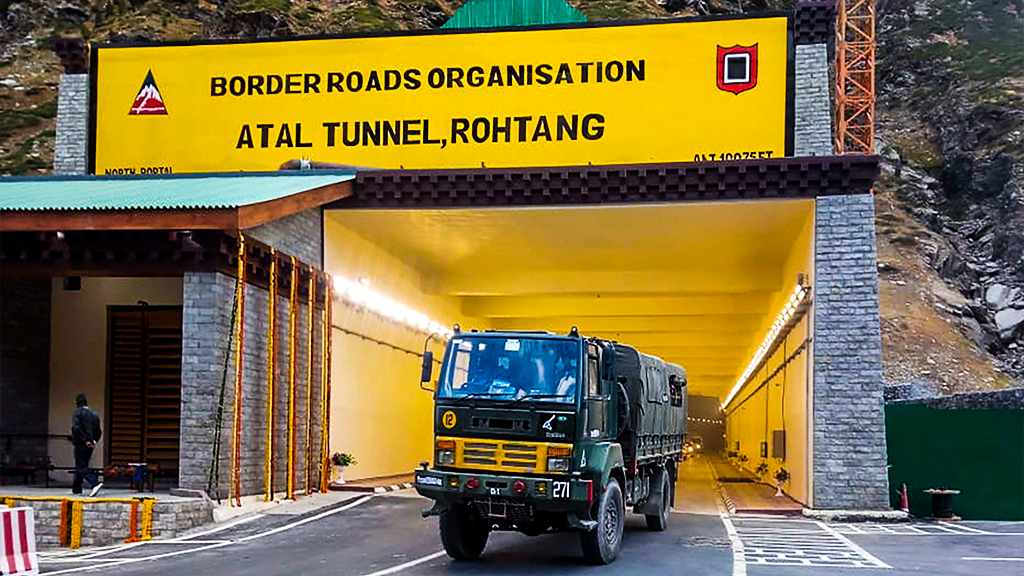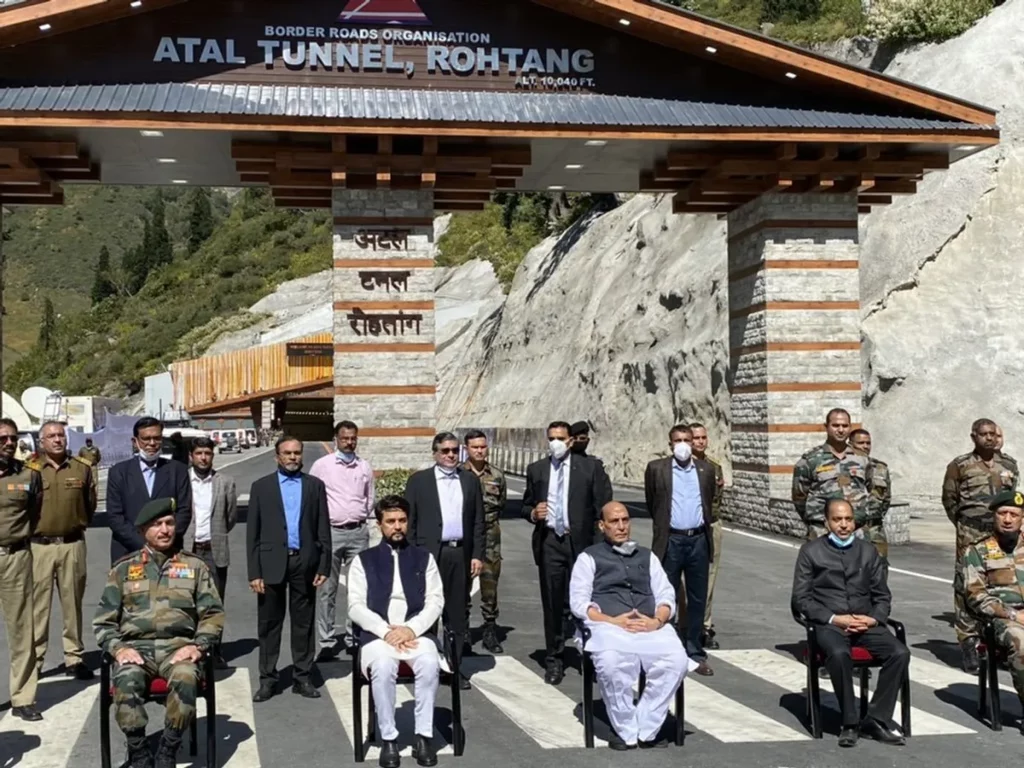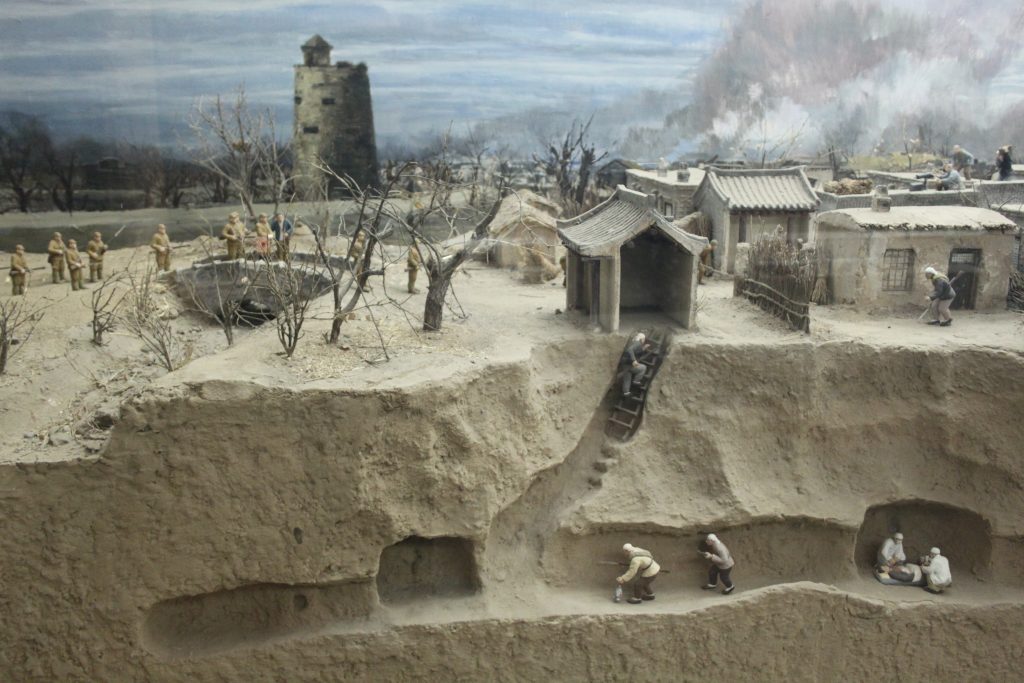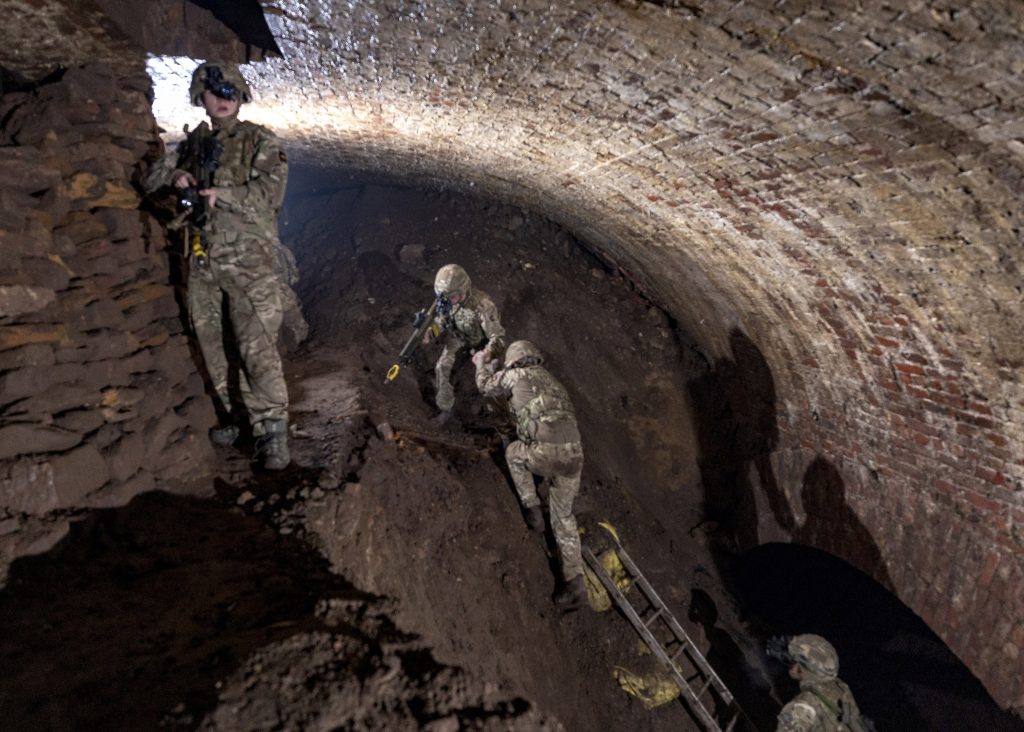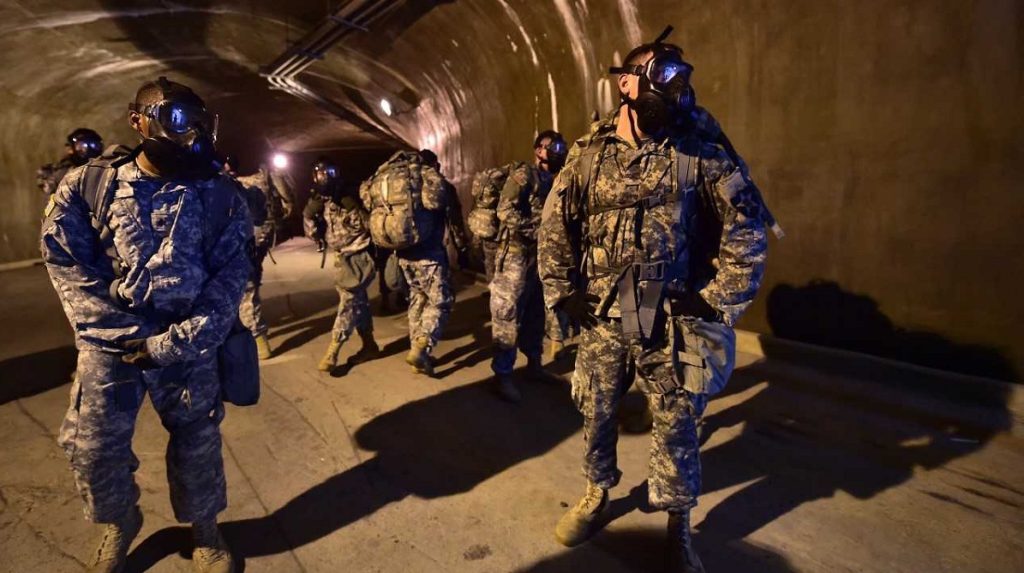Tunnel Warfare: Under the Narendra Modi administration, there has been a dramatic increase in the construction of infrastructure around our northern borders, particularly improvements to airfields and road connections.
While the Congress-led UPA government came up with the initial plan to improve border roads to compete with China in 2007, the current government has since allocated a larger budget and shown incredible zeal in carrying out this plan to extend these roads all the way to the Line of Actual Control. It became necessary as a result of Chinese incursions in April–May 2020 and the ensuing significant troop deployment.
What is Tunnel Warfare: Indian Army’s Solution to Match China’s Defence?
It’s interesting to note that one of the reasons China’s preemptive offensive strategy in April–May 2020 was successful and India lost control of more than 1,000 square kilometres of land in Ladakh was the development of roads up to the LAC without the precautionary deployment of troops.
Lt Gen Rajeev Chaudhry, the director general of border roads, is optimistic that India will overtake China in terms of road connectivity over the next three to four years. We still have a long way to go, according to India Today’s comparative assessment of border infrastructure. In my opinion, the defence of permanent defences and logistical infrastructure has also lagged behind the changing nature of the battlefield, which is now dominated by drones and Precision Guided Munitions (PGM).
Tunnel Warfare: Battlefield Transparency And PGMs
All targets on the battlefield can be located using contemporary surveillance/reconnaissance tools like satellites, aeroplanes, drones, radars, and electronic interception. These can then be targeted with a hit probability of more than 90% by drones and air/ground-based PGMs. The threat is further exacerbated by electronic and cyber jamming to disable command and control, fire control, and missiles/munitions.
The current conflict between Russia and Ukraine is a prime example of the technical front lines. The problem is relative, though, because there are both active and passive defences against all threats. In this situation, a well-defended defender has a clear advantage over an attacker who must move in broad daylight to seize territory.
The areas of cyber and electronic warfare, as well as the calibre and quantity of PGMs, drones, and missiles, are where India and China differ militarily the most. It would be wise to rely on an active defence strategy at the strategic level to stall China while maintaining the ability for tactical assault till India can close this gap.
Reiterating that decisive conflicts between nuclear-armed states are obsolete and that the likelihood of even a limited war is extremely low is necessary. However, there is plenty of room for the deployment of stand-off air/ground-based PGMs and drones, as well as electronic and cyber strikes, below the nuclear threshold, avoiding the need for direct physical assault. India’s potential for retaliation at the moment is limited in both number and quality.
Well-defended defences and underground logistical installations can considerably offset China’s superiority in such a situation. One of the most economical ways to do this is by tunnelling.
What is Tunnel Warfare?
Tunnel warfare has been practised for both offensive and defensive objectives for more than 4,000 years. The effectiveness of tunnel-based fixed defences has decreased over the past 200 years due to the emphasis on mobility, first with cavalry and then with mechanised and airborne/heliborne forces. During World War II, the German Blitzkrieg successfully avoided the heavily constructed Maginot Line in France.
However, the defender continued to effectively employ tunnel warfare to offset their opponents’ disparity in air and ground weapons. The Sino-Japanese War, which lasted from 1937 to 1945, saw the resurgence of tunnel warfare, which the Chinese are masters of. The Chinese excavated 15 km of tunnels connecting the homes to foxholes on the battlefield in the Hebei province village of Ranzhuang, which is now a popular tourist destination, allowing them to assault Japanese forces from behind. The Chinese taught the Japanese this skill, which they afterwards employed in the Pacific island conflicts. Examples include the costly battles to seize the islands of Peleliu and Iwo Jima by the US Marines.
To defend themselves from American airpower and artillery during the Korean War (1950–1953), North Korean and Chinese forces constructed underground fortifications in semi-mountainous terrain. These were so extensive that there were two miles (3.2 km) of underground tunnels for every mile (1.6 km) of the front on the surface, for a total of more than 300 miles (480 km).
Tunnel warfare was a craft that the Vietcong guerillas in Vietnam had mastered. The US forces built a 1,500-acre military complex housing 4,500 troops over a Vietcong tunnel network in the vicinity of Cu Chi near Saigon without being aware of it. Heavy casualties were caused as eerie figures came out of the tunnel.
Tunnel Warfare: State of Our Defences
Our mountain defences are now built to withstand suppressive fire from small arms and non-PGM artillery, albeit their efficacy is further diminished by reverse slope defenders. Defences on commanding heights can withstand conventional weaponry, giving the defender a substantial advantage over the attacker, who must attack uphill in a rarified environment while being exposed.
But the layout of these defences, which stick out like a sore thumb on hilltops, has mostly remained the same for more than a century. Stand-off ground or air-delivered penetrator PGMs, including drones, will destroy such defences. The days of close warfare are over. By avoiding “close combat” over difficult terrain, the People’s Liberation Army (PLA) will neutralise the “predominance of the defence” in high-altitude terrain. If at all, it decides to physically seize territory through force, its attack strategy will be dominated by advanced technology and make heavy use of PGMs, cyber, and electronic warfare. Close combat, which has been heavily romanticised, is an artefact from the previous century.
Considering our relatively small budget, which is unlikely to see a significant increase anytime soon, and the PLA’s vast superiority in cyber and electronic warfare, as well as the quality and quantity of offensive and defensive means in terms of PGMs, drones, and missiles, achieving parity will take a very long time. A practical stopgap measure to break the deadlock and fend against physical and standoff attacks is tunnel warfare.
Tunnel Warfare: The Way Forward
According to recent sources, the PLA is developing underground facilities 60–70 km away from the LAC and directly across from the DBO Sector. These facilities may be used for supplies, communication hubs, nuclear weapons, or higher headquarters command posts. Indian Army has learned the right lesson—namely, that permanent fortifications, logistical sites, communication hubs, command posts, and air assets all require the adoption of tunnel warfare.
Indian Army has not formally embraced tunnel warfare as a tactical concept, despite speculative rumours to the contrary. Tunnel warfare is ideal for high-altitude terrain. The Army should now carry out a thorough investigation into the possibility of tunnel warfare for our long-term mountain defence. Army engineers ought to study examples like the defences in South Korea along the 38th parallel and customise them to our demands for surviving and fighting in high-altitude terrain. Likewise, logistical installations must go underground since, as they stand, they will be destroyed within 24 to 48 hours of combat.
There is no logical reason why the Indian Army shouldn’t use tunnel warfare to offset resource and technological imbalances, as it has been done successfully in the past.
To crack the SSB Interview and join the Indian Armed Forces as an Officer, You can join our SSB interview live classes batch and we recommend you to Enroll SSB INTERVIEW ONLINE COURSE. Trusted by thousands of defence aspirants.
